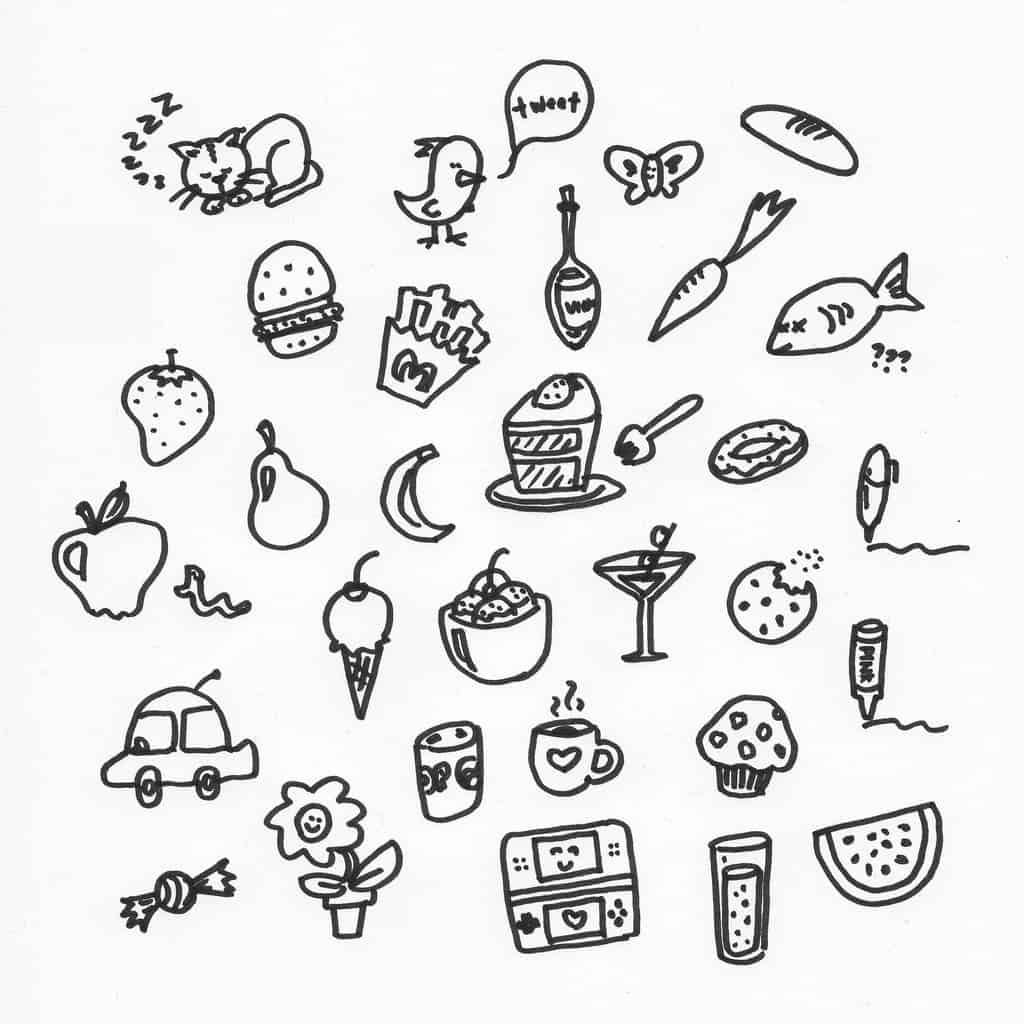Drawing, doodling, or even simply coloring makes you feel better — and that seems to be hard coded into your brain.

Some people are more artistic than others, and nowadays, I think it’s pretty safe to say that most people almost never draw or doodle. It’s something we’re encouraged to do as children, but we just sort of weave it out of our lives as we grow older. That may be something we’d want to reconsider, scientists suggest.
Girija Kaimal, EdD, assistant professor in the College of Nursing and Health Professions, recruited 26 volunteers. He asked them to participate in three artistic sessions: color a mandala, doodle around a circle, and free draw. While they were doing this, researchers used fNIRS (functional near-infrared spectroscopy) technology to measure blood flow in the areas of the brain related to rewards.
They found that even for small sessions of three minutes, blood flow in the areas increased significantly, indicating that the brain’s reward pathway was being activated. In other words, the brain was reacting to the art-making and was making them feel good.
“This shows that there might be inherent pleasure in doing art activities independent of the end results. Sometimes, we tend to be very critical of what we do because we have internalized, societal judgements of what is good or bad art and, therefore, who is skilled and who is not,” said Kaimal of the study that was published The Arts in Psychotherapy. “We might be reducing or neglecting a simple potential source of rewards perceived by the brain. And this biologocial proof could potentially challenge some of our assumptions about ourselves.”

The conclusions of this study are still preliminary, but they seem to indicate a key aspect: we’re neglecting simple things in life, things which could make us feel very good. It’s an almost perfect metaphor for the modern lifestyle.
Another interesting takeaway was that the results were positive for all participants, regardless of how good they actually were. Before the study started, researchers asked the volunteers if they considered themselves artists. It was interesting to see that free drawing produced similar stimulation for artists and non-artists alike. Meanwhile, doodling produced more stimulation for artists, but coloring actually produced less than in non-artists.
“I think artists might have felt very constrained by the pre-drawn shapes and the limited choice of media,” Kaimal explained. “They might also have felt some frustration that they could not complete the image in the short time.”
In post-drawing questionnaires, participants also said they had more “good ideas” and could “solve problems” than before the activities. They also mentioned that they felt the activities were too short, and would have liked to go on for a bit longer.
“There are several implications of this study’s findings,” Kaimal said. “They indicate an inherent potential for evoking positive emotions through art-making — and doodling especially. Doodling is something we all have experience with and might re-imagine as a democratizing, skill independent, judgment-free pleasurable activity.”
There were some differences between the three creative activities but none of them seemed statistically relevant. For instance, doodling provided just a bit more stimulation than free drawing or coloring.
Of course, more research needs to be carried out to see just how significant this stimulation is, but the line has been drawn — every once in a while, we should spend a bit of time working on some art.
Journal Reference: Girija Kaimal, Hasan Ayaz, Joanna Herres, Rebekka Dieterich-Hartwell, Bindal Makwana, Donna H. Kaiser, Jennifer A. Nasser. Functional near-infrared spectroscopy assessment of reward perception based on visual self-expression: Coloring, doodling, and free drawing. The Arts in Psychotherapy, 2017; 55: 85 DOI: 10.1016/j.aip.2017.05.004


